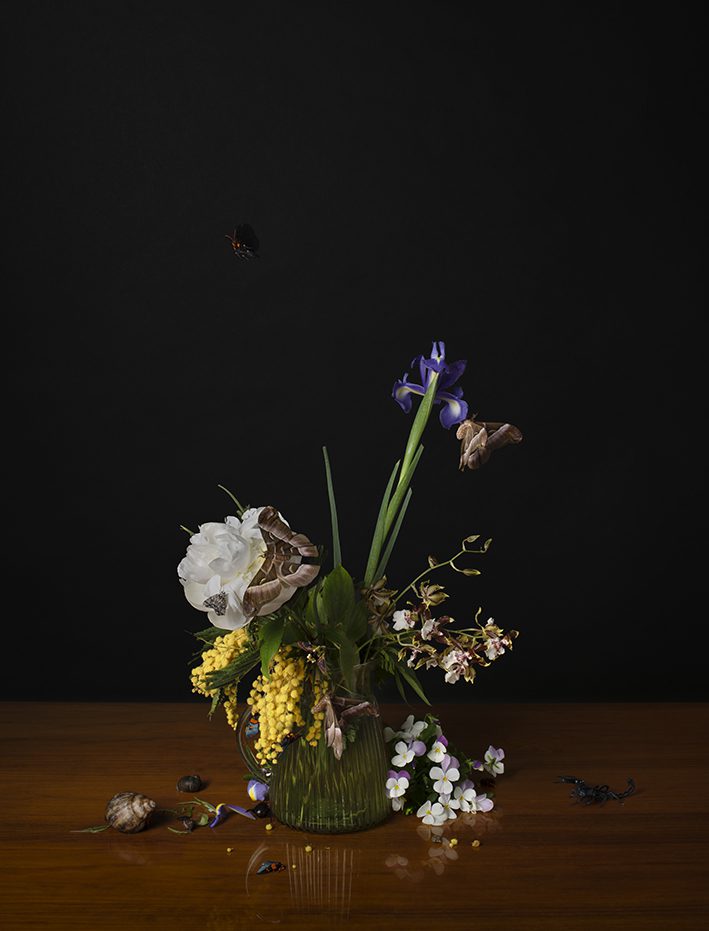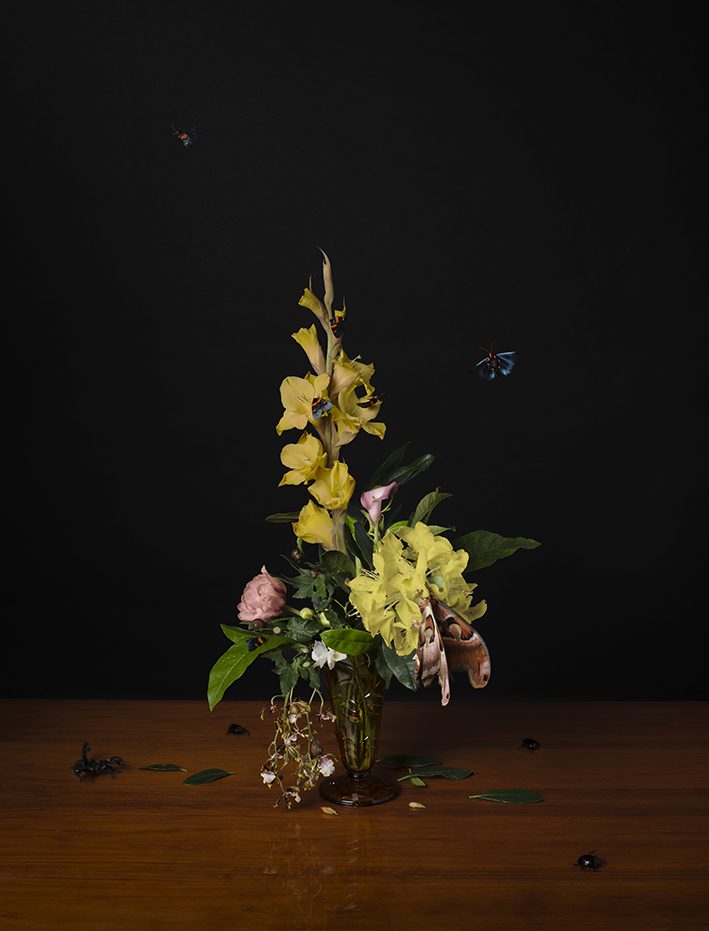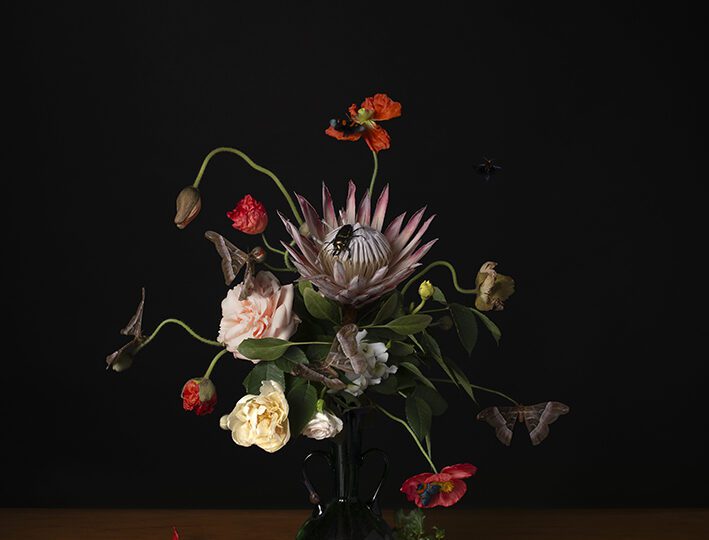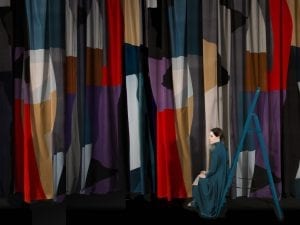Into the world of contemporary video art, Jasmina Cibic stands out as a formidable force. Recently shortlisted for the prestigious Aesthetica Art Prize and winner of Best Artist’s Film at the BAFTA-Qualifying Aesthetica Film Festival in 2024, Cibic continues to redefine the boundaries of political and aesthetic engagement through her work. Cherie Federico, Director of Aesthetica, captures the essence of Cibic’s practice perfectly: “Jasmina Cibic’s work achieves a rare and profound balance between aesthetic beauty and critical urgency. Through her meticulous use of symbolism and historical references, she opens a space where art becomes a powerful tool for political reflection and emotional engagement.”
Jasmina Cibic’s work sits alongside a distinguished group of female video artists who engage deeply with themes of power, history, and social critique. Like Cauleen Smith, whose politically charged films and installations interrogate race, identity, and cultural memory, or Hito Steyerl, whose pioneering video essays challenge the intersections of technology, politics, and global capitalism, Cibic uses her medium to expose and question entrenched systems of authority. Similarly, artists such as Martha Rosler have long explored political narratives through video and installation, dissecting social and cultural structures with a critical eye. Together, these artists contribute to a vital discourse that not only reflects on contemporary issues but also redefines the possibilities of video art as a form of resistance and reimagination.

Cibic’s latest exhibition, The Arrangement, comprises a series of photographic portraits featuring flower arrangements created in collaboration with key stakeholders from international human rights and law tribunals. Institutions involved include the International Court of Justice, International Criminal Court, European Court of Human Rights, Court of Justice of the European Union, the UN Human Rights Advisory Committee, and the UN Human Rights Treaty Bodies. Each arrangement reflects the most pressing human rights issue identified by the participants, blending natural forms with political symbolism.
Photographed in the style of historical vanitas paintings, the series explores the ephemeral nature of justice and the fragile balance between societal progress and decline. Flowers have long symbolised critical moments in political history – treaty signings, peace negotiations, and other milestones – highlighting the complex relationship between visual symbolism, power hierarchies, and the role of the artist as an interpreter within these structures.

Beyond The Arrangement, Cibic’s work has featured in numerous notable group exhibitions, including Partly Furnished, Excellent View at Kunstmuseum Krefeld’s Haus Lange, alongside artists such as Daniel Buren and Christo; Forms That Fly at the Museum of Contemporary Art Skopje; and Echo at MUZA Gallery in Ljubljana, among others. These exhibitions underscore her status as one of the foremost contemporary video artists in the UK and Europe. Her practice deftly navigates the intersection of art, politics and history, creating immersive and thought-provoking experiences that challenge viewers to reconsider established narratives. As one of the leading voices in video art today, Jasmina Cibic continues to illuminate the potential for art to engage deeply with the urgent issues of our time.
The Arrangement is at Gandy Gallery, Bratislava from 21 May to 27 July: gandy-gallery.com
The Aesthetica Art Prize is Open For Entries | Click Here to Submit | Deadline 30 September 2025 »
Words: Anna Müller
Image credits:
The Arrangement, UN Human Rights Council Advisory Committee.
The Arrangement, International Court of Justice.
The Arrangement, UN Human Rights Treaty Body Committee on the Rights of the Child.





